29 August 2016

A review of City Wilds: Essays and Stories about Urban Nature by Terrell F. Dixon. 2002. The University of Georgia Press. ISBN: 978-0820323398. 336 pages. Buy the book. Writing this review came with a built-in challenge: Is an anthology, now almost 15 years old, worth a reader’s time and money? I...
1 Comment(s)Join our Conversation
28 August 2016

In this short essay my aim is modest and two-fold. First, I would like to share with you a story about an experiment in ecological-environmental-scientific-poetics that worked out beautifully. It worked so well that I believe it is worth sharing. Second, in the spirit of sharing, so that others can try...
0 Comment(s)Join our Conversation
25 August 2016
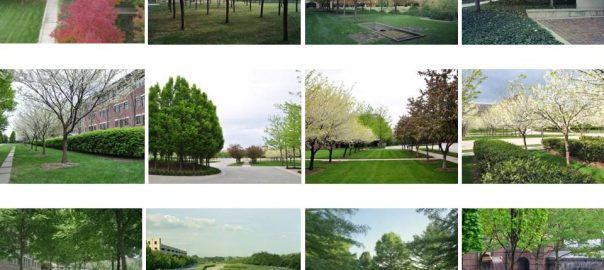
Different schools of professional and academic thought have recently emerged to address the unprecedented problems of the sprawling megacity. One particular group believes that solutions will emerge from the cultivation of data and vast amounts of statistical research. This activity, which is sometimes referred to a “datascaping”, reduces the complex...
10 Comment(s)Join our Conversation
21 August 2016
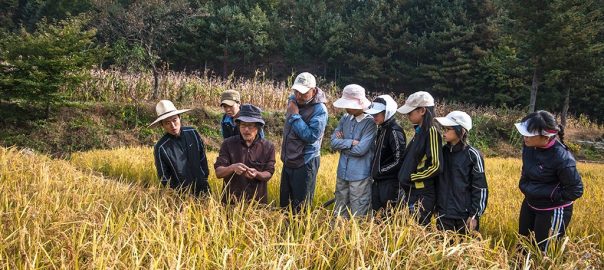
We live in an ecology of separation. Our human-built ecology is today so far separated from the earth’s ecology that it is impossible for sustainability—let alone environmental and social well-being—to be achieved within it. This is where we are as a society, but we don’t have to be stuck here....
1 Comment(s)Join our Conversation
17 August 2016

Urban livestock has long been viewed as dirty, unsafe, and decidedly un-modern by both policymakers and members of the general public. Yet, for many people living in and near the cities of developing countries, animals are a key source of food, nutrition, and livelihood. In Kenya, peri-urban chicken production has...
1 Comment(s)Join our Conversation
15 August 2016
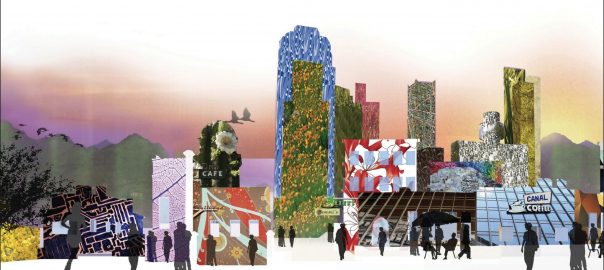
A review of Good Urbanism: Six Steps to Creating Prosperous Places by Nan Ellin. 2012. Island Press. ISBN 13: 978-1-61091-374-4. 141 pages. Buy the book. Many people have a desire to improve spaces in their cities and neighborhoods, but most don’t know where to begin or what steps to take to see a community...
0 Comment(s)Join our Conversation
14 August 2016
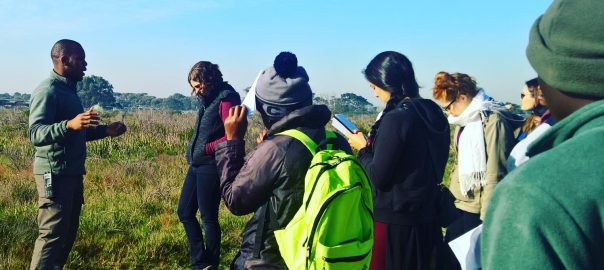
28 Comment(s)
Join our Conversation
14 August 2016
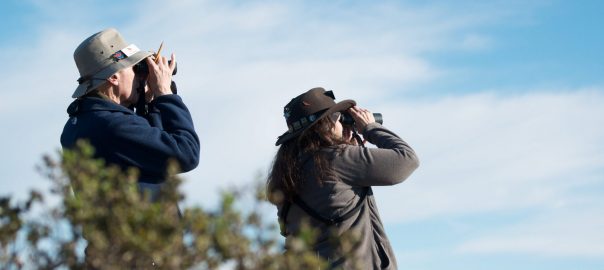
When I pulled up in my friend’s truck to the tunnel entrance to the Marin Headlands, part of San Francisco’s Golden Gate National Recreation Area, I entered what appeared to be a fine mist of white plant fluff. I turned off the motor and observed. Incidentally, the white plant fluff had...
0 Comment(s)Join our Conversation
10 August 2016
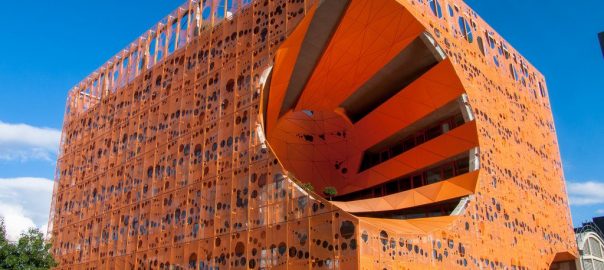
Also available at iTunes. Story Notes: House sparrows, rock pigeons, and red-tailed hawks are three bird species that have successfully—and very visibly—adapted to life in cities. Yet as the number and the size of cities across the globe continues to grow, more birds find themselves dealing with the challenges and the...
3 Comment(s)Join our Conversation
7 August 2016
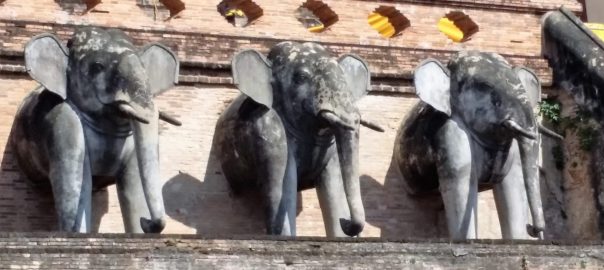
I recently spent a month in Chiang Mai, Thailand, and have been reflecting on my experience ever since. Chiang Mai is a beautiful and vibrant city, rich in culture and history. The Buddhist religion permeates every aspect of the city and surrounding countryside, with temples and symbols of Buddhism everywhere....
0 Comment(s)Join our Conversation
3 August 2016
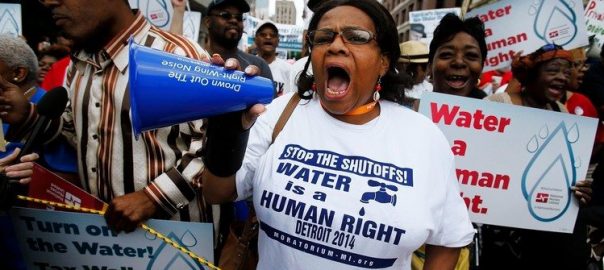
For a state surrounded by fresh water, Michigan, in the northern United States, certainly has had its share of water woes lately. Michigan’s water has always been our crowning glory; from our geography to our automobile license plates, the Great Lakes define us. As we hit the height of summer,...
2 Comment(s)Join our Conversation
1 August 2016

A review of The Urban Bestiary: Encountering the Everyday Wild by Lyanda Lynn Haupt. 2013. ISBN: 978-0316178525. Little, Brown and Company. 338 pages. Buy the book. Bestiaries—elaborate and fantastical combinations of medieval scientific knowledge and folklore—were meant to describe the animal life of the Earth. These large volumes depict all...
0 Comment(s)Join our Conversation
31 July 2016
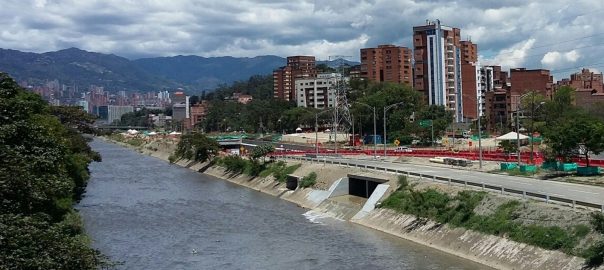
Understanding the nature of the place in which a city exists must be a priority, and involves sensible use of the local context, building in a manner consistent with the particularities of topography—an imperative highlighted in the Colombian Andes—and appropriate integration with hydrology and water flow systems, biodiversity, and other...
0 Comment(s)Join our Conversation
27 July 2016

The skin of the city shifts. Waves of residents come and go; meanings vanish. The longer I live here, the more I feel like I am a creature of many phantom limbs. Hungry, I walk to Jimmy’s hoping for fish and a chair to eat it in, but it is...
0 Comment(s)Join our Conversation
24 July 2016
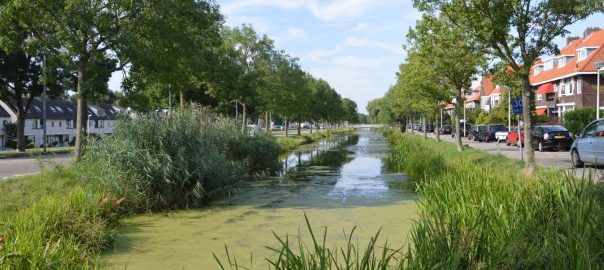
Now that urban greening is increasingly seen as a climate adaptation strategy, the question is how to best provide the necessary green space. Where, at which scale, and what type of greenery? Which design is preferred? And how can municipalities increase public support for green adaptation measures? To find answers...
4 Comment(s)Join our Conversation
20 July 2016
It’s a sunny morning and I leave the house, walking towards the gate of our subdivision. It’s just a few meters, downhill, around that pechay plantation, then uphill, typical of the sloping contour of Marikina Valley. In the two minutes and few meters, I see almost no one. Perhaps just...
0 Comment(s)Join our Conversation
18 July 2016
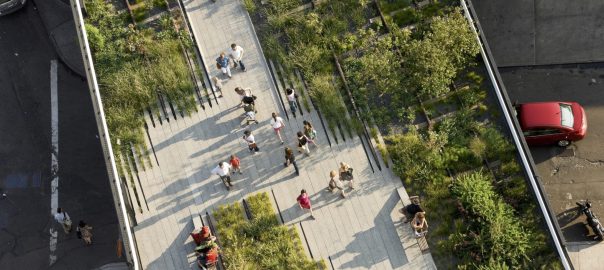
A review of The High Line. By James Corner Field Operations and Diller Scofido + Renfro. 2015. ISBN: 9780714871004. Phaidon Press. 452 pages. Buy the book. New York City’s High Line Park, once a rusting relic of abandoned freight rail transportation infrastructure, has become arguably one of the world’s best-known...
1 Comment(s)Join our Conversation
17 July 2016

The urban heat island is a well-known phenomenon that affects all cities around the world. It is the difference in temperature between a city and the surrounding suburban area. In countries such as Greece, the peak summertime temperature difference between a city such as Athens and its periphery can be...
2 Comment(s)Join our Conversation
12 July 2016
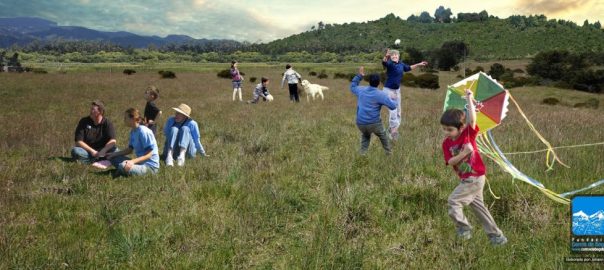
En español aquí. We often think of the city and the country as separate, and that development planning and urban sustainability ends at the city boundary. But this isn’t true—in a planning and sustainability sense, the city and the surrounding rural areas are deeply linked. With this in mind, I would...
43 Comment(s)Join our Conversation
10 July 2016
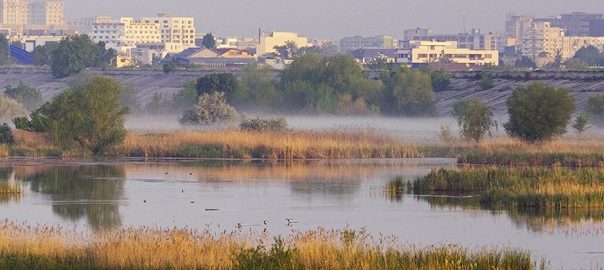
Our planet is at a crossroads. The ecosystems that underpin our economy, well-being, and survival are collapsing, species are becoming extinct at an unprecedented rate, and climate change continues unabated. In these times of change, nature-based solutions can offer a way of addressing growing challenges such as climate change (TNC,...
4 Comment(s)Join our Conversation


